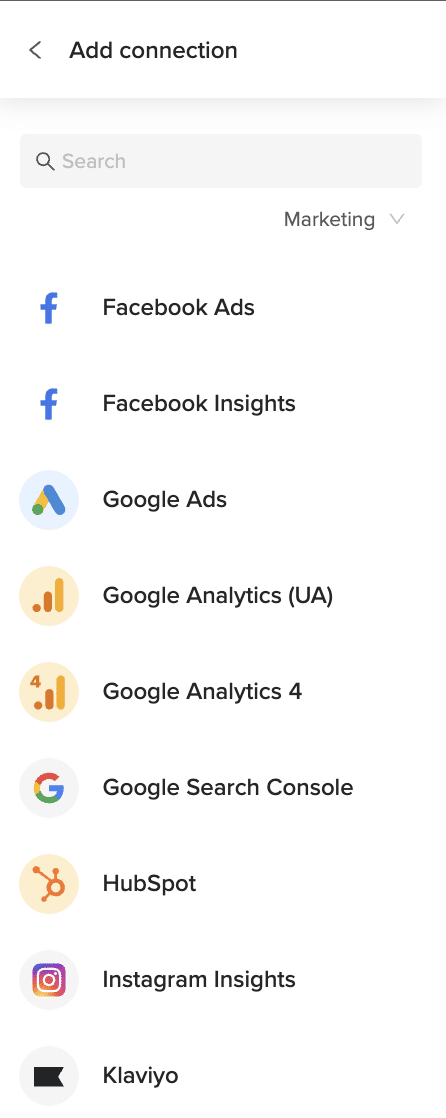Analyzing Google Analytics data in Excel gives marketing teams the flexibility to create custom reports and dashboards that align with specific business goals and KPIs.
Rather than manually exporting data that quickly becomes outdated, you can establish a live connection that refreshes automatically.
TLDR
-
Step 1:
Install Coefficient from the Office Add-ins store
-
Step 2:
Connect your Google Analytics account
-
Step 3:
Select the metrics and dimensions you want to import
-
Step 4:
Import the data to Excel and set up auto-refresh to keep it updated
Step 1: Install Coefficient and Connect to Google Analytics
First, you’ll need to install the Coefficient add-in for Excel and connect it to your Google Analytics account:
- Open Excel and go to the Insert tab
- Click on Get Add-ins
- Search for “Coefficient” in the Office Add-ins store
- Click Add to install Coefficient
- Once installed, the Coefficient sidebar will appear
- Click “Import” to begin connecting data sources
- Select “Google Analytics” from the marketing integrations
- Log in with your Google account and authorize Coefficient to access your Google Analytics data

Step 2: Select the Google Analytics Data to Import
After connecting your Google Analytics account, you’ll need to select the specific metrics and dimensions you want to import:
- Choose your Google Analytics 4 property from the dropdown menu
- Select the date range for your data (last 7 days, last 30 days, custom range, etc.)
- Choose the specific metrics you want to import (Users, Sessions, Pageviews, etc.)
- Add dimensions to segment your data (Traffic Source/Medium, Landing Page, Device Category, etc.)
- Apply any filters to narrow down your data
- Preview your selection to ensure it contains the data you need

Step 3: Import and Set Up Auto-Refresh
Once you’ve selected the Google Analytics data you want to import, you can bring it into your Excel spreadsheet and set up automatic refreshes:
- Click “Import” to bring the selected data into your current Excel worksheet
- Choose where you want the data to be placed in your spreadsheet
-
- Click on the “Automations” section in the Coefficient sidebar
- Select “Schedule Refresh” for your imported Google Analytics data
- Choose the frequency (hourly, daily, weekly) that works best for your reporting needs
- Optionally, set up notifications to be alerted when specific metrics change

Available Google Analytics Data
Metrics & Dimensions
- Sessions
- Pageviews
- Conversions (Key Events)
- Traffic Source / Medium
- Engaged Sessions
- Session Conversion Rate
- Total Revenue
- Landing Page
- Event Count
- Campaign
- Device Category
- New Users
Now That You’ve Imported Google Analytics Data
With your Google Analytics data now in Excel, you can:
- Create custom visualizations and dashboards
- Combine web analytics with data from other sources
- Build automated reports that refresh on schedule
- Set up alerts for significant changes in key metrics
- Share insights with team members who don’t have Google Analytics access
Related Resources
Want to learn more about connecting Google Analytics with your spreadsheets? Check out these resources:
Start importing your Google Analytics data into Excel today with Coefficient and transform how your team analyzes web performance metrics.
Frequently Asked Questions
Trusted By Over 50,000 Companies
)





